
Canine and Feline Behavior for Veterinary Technicians and Nurses
Produs indisponibil momentan. Pentru comenzi va rugam trimiteti mail la adresa depozit2@prior.ro sau contactati-ne la numarul de telefon 021 210 89 28 Vedeti mai jos alte produse similare disponibile.
Description:
Canine and Feline Behavior for Veterinary Technicians and Nurses offers a complete guide to the technician’s role in behavioral preventive services and how to assist the veterinarian with behavioral intervention.
Table of Contents:
1 The role of the veterinary technician in animal behavior
Veterinarian's roles and responsibilities
Figure 1.1 Veterinarian performing a physical examination of the patient at home.
Figure 1.2 Boxer presenting for excoriation of the muzzle due to separation anxiety (barrier frustration) with frequent attempts to escape the crate.
Medical differentials to behavior disorders
Behavioral dermatology
Aggression
Elimination disorders
Behavior disorder versus training problem
Figure 1.3 Therapy dog who suffers from thunderstorm phobia.
Qualified professionals to treat animal behavior disorders
Trainer's roles and responsibilities
Box 1.1: Assessing a dog trainer's competence and ethics.
Table 1.1 The roles and responsibilities of the veterinary behavior team.
Box 1.2: The role and responsibilities of a VTS-Behavior.
The role of the veterinary technician in the veterinary behavior consultation
Figure 1.4 The technician's role as the “case manager” in veterinary behavior.
Triaging the issues
Figure 1.5 First puppy visit to the veterinary hospital. This puppy is exhibiting fear and not taking treats.
Medical and/or behavioral disorder (veterinary diagnosis required)
Prevention and training (no veterinary diagnosis required)
Prevention
Figure 1.6 A veterinary technician conducting puppy socialization classes at the veterinary hospital.
Lack of training or conditioned unwanted behaviors
Box 1.3: Common definitions.
Table 1.2 Triage.
Prior to the consultation
Figure 1.7 Dog interacting with feline companion in the home environment. When not providing in-home consultations, video footage is helpful in assessing the dynamics of the household.
During the consultation
Figure 1.8 Desensitization and classical counter conditioning to a basket muzzle, using canned cheese.
Figure 1.9 Technician coaching client on behavior modification exercises with a reactive dog.
Box 1.4: Behavior consultation flow chart (during the consultation).
After the consultation: follow-up care
Summary of the roles of the veterinarian, veterinary technician, and dog trainer in veterinary behavior
Home versus clinic behavior consultations
Pros and cons of the home behavior consultation versus the clinic behavior consultation
Figure 1.10 Patient evaluated in the home setting for aggression toward family members and strangers entering the home.
Figure 1.11 Dual leash method, with one leash attached to the head collar and waist leash attached to flat buckle collar. This adds safety and security with reactive dogs.
Figure 1.12 Coupler attaching head collar to flat buckle collar. This adds security should one device fail with reactivity.
Table 1.3 Home behavior consultations.
Table 1.4 Clinic behavior consultations.
Veterinary-technician-driven behavior services
Behavior modification appointments
Puppy socialization classes
Figure 1.13 Exploration and desensitization to the veterinary hospital and staff using treats.
Kitten classes
Pet selection counseling
New puppy/kitten appointments
Basic manners/training classes
Head collar fitting
Behavior wellness visits
Avian classes
Staff and client seminars
Financial benefits
Conclusion
References
2 Canine behavior and development
Canine sensory capacities
Vision
Hearing
Olfaction
Vomeronasal organ
Taste
Touch
Canine communication
Visual communication
Figure 2.1 The tail is held high, the dog is leaning forward with a direct stare, and the ears are pricked forward (based on conformation).
Body postures
Figure 2.2 The black and tan puppy is showing appeasing body language; body weight low and shifted backward, ears and tail lowered and close to the body.
Figure 2.3 The dog on the right is showing an offensive grin, front teeth exposed, mouth pursed, nose wrinkled, forward body stance. The other dog is showing a defensive grin.
Figure 2.4 Piloerection shown over the shoulders, rump, and tail, indicating arousal and uncertainty.
Table 2.1 Typical descriptions for dominant and submissive behaviors of wolves.
Play postures
Figure 2.5 A puppy offering a play bow to an adult dog. The puppy is signaling nonthreat and an invitation to play but is also ready to retreat pending the adult dog's response.
Tail wagging
Facial expressions
Figure 2.6 The puppy is pulling her ears back in response to the adult dog. The puppy is showing appeasement/fear.
Table 2.2 Signs of fear or anxiety could be.
Auditory communication
Table 2.3 Contexts in which different auditory communication are used by domestic dogs.
Olfactory communication
Conflict behavior
Figure 2.7 The Dalmatian has found an interesting scent to roll in.
Figure 2.8 The dog turns away, licks her lips, while refusing a treat from the child. These are signs the dog is stressed about the situation or interaction.
Table 2.4 Common conflict behaviors could be.
Figure 2.9 This is a pyramid of canine communication, outlining common behavioral signs that precede aggression.
Canine social structure
Domestication and canine behavior
Table 2.5 Comparison of wolf and dog behavior.
Social organization in stray or feral dogs
Social organization in dogs living in a human household
Exploratory behavior
Figure 2.10 Digging is a common exploratory behavior of dogs.
Ingestive behavior
Eliminative behavior
Stimuli that affect elimination
Sexual behavior
Maternal behavior
Parent–offspring behavior
Care-giving behavior
Care-soliciting behavior
Puppy activity and vocalization
Play behavior
Canine behavioral development
Complexity of early environment
Effect of neonatal stress
Sensitive periods of development
Table 2.6 Developmental period of dogs.
Fetal period
Neonatal period
Figure 2.11 Rye, a Border Collie puppy, at 4 days of age.
Transition period
Figure 2.12 Rye, a Border Collie puppy, at 2 weeks of age.
Socialization period
Figure 2.13 Rye, a Border Collie puppy, at 9 weeks of age.
Figure 2.14 Physically challenged child socializing with puppies in a puppy class.
Figure 2.15 The environment is enriched with an entire “puppy park” of novelties for this youngster to explore with human supervision.
Figure 2.16 A puppy being desensitized to a tunnel at puppy class.
Fear period (8–10+ weeks)
Juvenile period
Adolescent period
Adult period
Senior period
Problem prevention
Complex early environment
Socialization
Figure 2.17 Puppies in controlled play at puppy class.
Figure 2.18 Children should be included in puppy classes but in a very controlled manner. This toddler is being assisted by his mother in offering canned cheese in a syringe case. This prevents a puppy from accidently nipping the child's fingers.
Conclusion
Figure 2.19 Older children can offer treats to the puppy in a flat hand while sitting in a chair or standing.
References
Further reading
3 Feline behavior and development
Feline sensory capacities
Vision
Figure 3.1 The cat is capable of quickly constricting the pupils into narrow slits to protect the retina.
Hearing
Olfaction
Vomeronasal organ
Taste
Touch
Feline communication
Visual communication
Figure 3.2 Facial vibrissae: superciliary, mandibular, genal, and mystical marked by arrows.
Body postures
Table 3.1 Body posture: a generalization of possible postures/positions and their meanings. Some cats may display a combination of body cues which seem to contradict each other, thus making it difficult to interpret.
Play postures
Tail positions
Figure 3.3 Relaxed state: resting on side, ears up but neutral, eyes half opened, tail still.
Figure 3.4 A cat rolling on its back as an invitation for an amicable interaction.
Figure 3.5 This cat displays a variety of body language. Notice the inverted L tail position, slightly raised hindlegs, piloerection along the spine and tail, direct stare, ears slightly to the side, and the whiskers forward, all indicating a more offensive threat. However, the body is turned slightly sideways and the pupils are dilated, signs indicative of defensive aggression.
Table 3.2 Tail position and possible meanings.
Facial expressions
Head
Eyes
Ears
Mouth/whiskers
Table 3.3 Facial expression and possible meanings: it is the combination of expressions, not just one, that will provide the key to proper interpretation.
Auditory communication
Figure 3.6 A cat yawning in contentment or to defuse tension. More information about the situation is necessary to determine motivation.
Table 3.4 Common auditory communication.
Olfactory communication
Reading the entire cat
Feline domestication, social structure, and behavior
Domestication
Social organization of domestic cats
Figure 3.7 Shelves with perches for cats allow for increased vertical living space.
Sexual behavior
Figure 3.8 Floor-to-ceiling cat perches.
Maternal behavior
Ingestive and predatory behavior
Eliminative behavior
Urine marking
Exploratory behavior and activity levels
Grooming behavior
Figure 3.9 Providing exploration and enrichment: two cats exploring ways to dislodge the balls from the hanging fabric.
Feline behavioral development
Developmental periods and life stages
Fetal
Table 3.5 Developmental periods and life stages of cats.
Neonatal
Transition
Socialization
Juvenile
Figure 3.10 Developmental changes in the first 3 months of life.
Adolescent
Adult
Figure 3.11 (a) and (b) Examples of behaviors a young cat has been trained to perform using positive reinforcement.
Senior
Conclusion
References
4 The human–animal bond—a brief look at its richness and complexities
The HAB past, present, and future
Special bonds
Animal-assisted therapy
Assistance (service) dogs
Figure 4.1 AAA/AAT benefits the handler, the animal, the facility staff, and the patient.
Figure 4.2 Dylan Shaw (aged 3 years) with his first service dog “Faith” (aged 8 weeks).
Difficult to understand relationships
Figure 4.3 Dylan Shaw (aged 19 years) with his second service dog “Hero” (aged 10 years).
Motives for animal abuse
Dogfighting
Children—the other victims
The “dogmen”
Animal hoarders
Puppy mill operators
Defining healthy versus unhealthy bonds
Defining and developing a healthy HAB
Box 4.1: Signs of an emotionally healthy pet.
Potential unhealthy pet relationships
Table 4.1 Pet owner strain related to a pet's behavioral disorder and possible indications of an unhealthy HAB.
Identifying at-risk populations for unhealthy HAB
Strengthening the HAB and preventing pet relinquishment
Box 4.2: Behavior-related questions a technician should ask at every appointment.
Animals with behavioral disorders and the people who love them
The stigma
The impact on the pet owner
Conclusion
References
5 Communication and connecting the animal behavior team
A comparison between marriage and family therapist and the role of the animal behavior technician
Communication
Nonverbal communication
Verbal communication
Figure 5.1 STOP when responding to an upset client.
Road blocks to verbal communication
Active listening
Connective communication techniques
The four-habits communication model
Validation
Table 5.1 Modified four-habits model for client communication between the entire behavior team in a behavior consultation.
Normalizing
Guiding the conversation
Reframing
The dominance theory
Table 5.2 Reframing anthropomorphic interpretations.
Box 5.1: Risk factors for developing owner-directed aggression (conflict-induced aggression).
Empathy
Teaching
Learning styles
Figure 5.2 Toltec principles for empathetic communication and interactions.
TAGteach
Figure 5.3 Smart learning goals.
The Focus Funnel™
Figure 5.4 The Focus FunnelTM is used to channel and reduce information.
The Tag Point™
Box 5.2:
The tag
Table 5.3 Form utilization.
The communication cycle
Figure 5.5 1. Client makes the first contact with the veterinary technician. 2a. The veterinary technician assesses the situation and suspects a training issue and sends to the veterinary hospital's qualified trainer. 2b. The veterinary technician assesses the situation and determines case needs to be seen by the veterinarian. 3a. The trainer sends follow-up report to the veterinary technician on patient's training progress. 3b. The trainer determines the issue is more complex than first anticipated, and patient is referred to the veterinarian for a diagnosis and treatment plan. 4a. The veterinarian provides diagnosis and creates treatment plan or 4b. The veterinarian refers the case to veterinary behaviorist. 5a. The veterinary technician assists the client in applying the prescribed treatment plan. 5b. Plan of care is sent to the trainer to continue to assist the client with the treatment plan. 6. The veterinary technician reports follow-up progress to veterinarian, and the treatment plan is adjusted as needed.
Assessments
Initial phone assessment
Signalment and family orientation
Identify high-risk factors
Description and prioritized problem list
Table 5.4 Behavior problem list.
Specific questions to ask pertaining to aggression
Status of the HAB
Assessment in the field
Table 5.5 A field assessment should include the following.
Parts of a behavior history
Follow-up reports
Table 5.6 Veterinary technician's observations during a behavior consultation.
Acquiring a behavior history and improving pet owner compliance
Question styles
Table 5.7 Examples of open- and closed-ended questions.
Improving compliance
Compliance enhancers
Grief counseling
The “normal” grief process
Types of grievers
Complex grief
Disenfranchised grief
Table 5.8 Common grief models.
Grieving the pet they thought they had
Choosing to euthanize because of a behavioral disorder
Denial/shock
Anger
Bargaining
Rehoming versus euthanasia
Guilt
Table 5.9 Common guilt-ridden statements made by pet owners with responses.
Anticipatory grief and acceptance
Breaking the bond
Determining the current level of attachment
The decision
After the loss
Table 5.10 Managing grief after the decision to euthanize.
Relief
After care—additional support
Conclusion
References
6 Learning and behavior modification
Genetics and learning
Figure 6.1 An example of alleles.
Effect of domestication on learning
Figure 6.2 Canine persists in behavior with a food storage device.
Effects of nutrition on learning
Early environment and learning
Habituation and sensitization
Behavior modification using habituation
Figure 6.3 A Greyhound, Buck, showing signs of stress because of flooding. He is afraid of the light-colored floor tiles.
Box 6.1: Psychological terms for desensitization.
Operant conditioning
Box 6.2: Different terms for operant conditioning.
Table 6.1 Reinforcement and punishment.
Box 6.3: Characteristics of stimulus control.
Table 6.2 Reinforcement schedules and their effect on behavior.
Figure 6.4 A Greyhound, Sancho, showing signs of learned helplessness by not exhibiting any behaviors when approached by a person.
Table 6.3 Criteria for successful punishment.
Behavior modification using operant conditioning
Figure 6.5 A mixed breed dog, Trixie, showing attention toward one of the kennel technicians, Jessica Rice, and a veterinary technology student, Jeanne Rowe.
Table 6.4 Various reinforcement options for operant counter conditioning.
Box 6.4: Behavior modification using operant conditioning.
Classical conditioning
Box 6.5: Different terms used for classical conditioning.
Table 6.5 Classical conditioning schematic.
Figure 6.6 A Greyhound, Buck, is showing superstitious behavior by choosing to walk on the dark-colored tiles of the floor. He is afraid of the light-colored tiles.
Behavior modification using classical conditioning
Figure 6.7 A Greyhound, Buck, showing signs of learning through classical counter conditioning that the light-colored tiles are fun to walk on.
Box 6.6: Behavior modification using classical conditioning.
Table 6.6 Classical counter conditioning schematic.
Conditioned taste aversion
Behavior modification using taste aversion conditioning
Social learning
Box 6.7: Different terms used for social learning.
Behavior modification using social learning
Figure 6.8 Trixie looking where Jeanne Rowe is pointing. This shows dogs look in the direction where humans are pointing.
Box 6.8: Behavior modification techniques using social learning.
Conclusion
References
7 Problem prevention
Introduction
Preventing fear of the veterinary hospital
Prevention techniques to ensure positive experiences in the veterinary hospital
Figure 7.1 A puppy receiving a treat and a pat from the receptionist upon arrival at the veterinary hospital.
Figure 7.2 Puppy on the scale with a nonskid surface while receiving several small treats.
Figure 7.3 An adult dog licking canned cheese from a 12-cc syringe case.
Ideal characteristics for pet owners
Table 7.1 Techniques to prevent negative experiences in the veterinary hospital.
Canine management and prevention techniques
Understanding dogs and their characteristics
Table 7.2 General characteristics of dogs.
Management of the learning history
Figure 7.4 Two adolescent Belgian Malinois left unsupervised chewed a therapeutic pillow.
Routine
Canine environmental enrichment
Toys
Figure 7.5 Variety of food-dispensing toys.
Games
Retrieving
Biscuit hunt or find it
Hide and seek
Round robin
Figure 7.6 Teaching a dog to chase after a toy can provide an appropriate outlet for a dog's natural desire to chase and mouth and be a fun game to play together.
Chase the toy
Dog parks and dog daycares
Canine prevention: effects of neutering
Canine prevention: socialization
Canine prevention: crate training
Figure 7.7 A young puppy taking a break in its crate.
Figure 7.8 An exercise pen, elimination area, crate, and toys provide a safe area for a puppy or dog.
Canine prevention: elimination training
Table 7.3 Five steps to successful elimination training.
Litter/pad training puppies
Canine prevention: independence training
Table 7.4 Steps to help prevent the development of canine separation anxiety.
Canine prevention: handling and restraint
Figure 7.9 Handler touches the ear and clicks with a clicker to mark the event.
Figure 7.10 The hand is removed and a treat is delivered.
Canine prevention: safety around the food bowl and relinquishing objects
Box 7.1: Food bowl recommendations.
Figure 7.11 A young puppy learning that human hands near the food bowl mean a special treat!
Feline management and prevention techniques
Understanding cats and their characteristics
Feline management recommendations
Feline environmental enrichment
Toys and play
Figure 7.12 A homemade “puzzle feeder” for cats. The round hole is made large enough for the cat to stick his head in the box and the slats allow the cat to paw the food to the large feeding hole.
Figure 7.13 The outside of a homemade interactive cat toy. Numerous openings can be cut around the box to allow for multiple exploration ports for the paws.
Figure 7.14 The inside of the same homemade toy. Toys dangling from sisal rope and also a loose ball to bat around.
Vertical space and places to hide
Outdoor exposure
Feline prevention: effects of neutering
Feline prevention: socialization
Feline prevention: litter box training
Feline prevention: crate training
Figure 7.15 Cat cage with multiple levels. A litter box is provided in the lower level and food in the upper level.
Feline prevention: handling and restraint
Prevention (canine and feline): introducing a new pet
Introductions: dog to dog
Introductions: cat to cat
Introductions interspecies
Prevention (canine and feline): children and pets
Figure 7.16 Doggone Crazy board game.
Problem solving normal species-specific behavior
General problem-solving model
Table 7.5 Problem-solving model.
Problems with aversive training techniques and equipment
Problem solving typical canine behaviors
Mouthing and play biting
Figure 7.17 Person playing with a puppy with a long tug toy to encourage mouthing of the toy rather than her hands, arms, or legs.
Table 7.6 Canine mouthing and play biting.
Chewing
Stealing objects
Table 7.7 Canine chewing.
Figure 7.18 Dog settling on a mat just outside the kitchen while the owner prepares food.
Table 7.8 Stealing objects.
Jumping on people
Figure 7.19 A puppy being rewarded with treats and attention for a calm greeting.
Table 7.9 Jumping on people.
Digging
Figure 7.20 Example of providing a digging box for the dog to provide an appropriate outlet for this exploratory behavior.
Barking
Table 7.10 Digging.
Problem solving typical feline behaviors
Play biting and scratching
Table 7.11 Barking.
Table 7.12 Feline play biting and scratching.
Destructive scratching
Prevention services
Pet selection counseling
Table 7.13 Feline destructive scratching.
Counseling sessions
Counseling forms
Household composition
Previous pets
Household logistics and dynamics
Anticipated responsibilities
Living arrangements
Financial considerations
Husbandry considerations
Management and training considerations
Adopting multiple pets at the same time
Personal preferences
Pet-selection reports
Finding a source for obtaining the pet
Puppy socialization classes
Logistics
Location
Instructor characteristics
Figure 7.21 Secure area that is able to be divided for puppy socialization class.
Participant characteristics
Class style
Disease prevention
Puppy socialization class format
Orientation
Puppy play sessions
Figure 7.22 Weekly puppy class orientation.
Box 7.2: Components of normal play.
Exploration and exposure
Preventive exercises
Figure 7.23 Exploration stations set up for a puppy socialization class.
Figure 7.24 A puppy receiving treats from its owner while the instructor demonstrates gently holding the puppies collar.
Puppy parenting tips
Introduction to positive reinforcement training
Kitten classes
Juvenile/Adolescent/Adult canine classes
Figure 7.25 Separate training station and barriers to help minimize distraction in a group class.
Geriatric canine classes
Private in-home or in-clinic prevention/training appointments
Special prevention topic seminars or classes
Integrating behavior wellness into the veterinary hospital
Puppy and kitten visits
Fearful puppies and kittens
High-risk puppies
Table 7.14 High risk factors for puppies to develop conflict-related aggression (aggression toward family members).
Figure 7.26 High-risk puppy paradigm.
The adolescent behavior wellness examination
The adult behavior wellness examination
The senior behavior wellness examination
Behavior wellness conclusion
Conclusion
References
8 Specific behavior modification techniques and practical applications for behavior disorders
Common veterinary behavior disorder diagnosis and descriptions
Aggression
Conflict-induced aggression
Table 8.1 Common behavioral diagnoses.
Possessive aggression
Petting-induced aggression
Figure 8.1 The development of conflict-induced aggression.
Disease-induced or pain-induced aggression
Fear/defensive aggression
Idiopathic aggression
Inter-dog aggression (IDA)
Inter-cat aggression (ICA)
Status-induced aggression
Inter-dog aggression—household (IDA-H)
Alliance-induced aggression
Status-induced aggression
Learned aggression
Maternal/hormonal induced aggression
Play-induced aggression
Redirected aggression
Territorial aggression
Ingestive disorders
Coprophagia
Pica
Predatory behavior
Elimination
House soiling
Urine marking
Excitement urination
Extreme appeasement urination
Anxiety disorders
Generalized anxiety
Global fear
Separation anxiety/distress
Sound/thunderstorm phobia
Acute conflict behaviors, stereotypical behaviors, and compulsive disorders
Acute conflict behaviors
Stereotypical behaviors
Compulsive disorder
Other
Cognitive dysfunction syndrome
Hyperexcitability or hyperactive
Conditioned unwanted behavior
Common veterinarian-prescribed behavioral treatments
Management
Avoiding triggers
Goals:
Ignore attention-seeking behaviors
Goals:
Ignore at specific times
Goals:
Cue→response→reward interactions
Goals:
Change primary caregiver
Goals:
Environmental modifications
Goals:
Table 8.2 Cue → Response → Reward possible responses.
Table 8.3 A comparison between NLIF and C→R→R interactions.
Crate confinement or other confinement
Crate (or other confinement) reconditioning
Goals:
Tethering
Goals:
Dietary changes
Goal:
Regular schedule
Goals:
Meal feed twice daily
Goals:
Mental stimulation
Goals:
Walking off property
Goals and benefits:
Aerobic exercise
Goals:
Clicker training
SEEKING system
Goals and benefits:
Training techniques
Box 8.1: Guidelines for choosing a training technique.
Why punishment is not recommended in training or the application of behavior modification
Poor learning and cognition
Criteria for effective punishment are difficult to meet
The animal's motivation strength is not too high
Examples:
Always contingent on behavior and only associated with the behavior
Proper intensity
Timing
Alternative behavior choice
Punishment is counter-productive to treatment
Why the prevalence of punishment-based training and domination techniques persist
Lure reward training
Event marker (clicker) training
Benefits of clicker training, both in training and in the application of behavior modification techniques
Accelerated learning
Improved retention time
Hands-off and nonthreatening
Marker training as a tool in behavior modification
Strengthens the human–animal bond
Figure 8.2 Adult marking desired behavior while a child delivers the reinforcement.
Assists in repairing the human–animal bond
Builds confidence and creativity
Challenges:
Other training
Agility training
Disadvantage:
Figure 8.3 Agility training is beneficial for both aerobic exercise and mental stimulation.
Concept training
Figure 8.4 “Luna” discriminating between objects.
K9 Nose Work®
Figure 8.5 “Siren” alerts while doing Nose Work®.
Box 8.2: Benefits of Nose Work® to the behavior patient.
Training tools
Head halters
Practical applications and uses
Benefits
Disadvantages and cautionary comments
Basket muzzles/other muzzles
Nylon muzzles
Basket muzzles
Figure 8.6 Dog receiving canned cheese through the basket muzzle.
Figure 8.7 Jerky treats being advanced through a basket muzzle.
Cautions
Body harnesses
No-pull harnesses
Considerations
Standard harnesses
Treats
Practical applications and uses
Figure 8.8 An empty 12-cc syringe case can be recycled as a treat dispenser.
Considerations
Treat bags
Target sticks
Figure 8.9 Station treats for easy and quick access. Treats in a bag at the front door.
Figure 8.10 Various target sticks.
Calming cap
Considerations
Figure 8.11 A calming cap can be used as a “visual filter” during behavior modification.
Anxiety clothing
Considerations
Waist leashes, tethers, draglines, long lines
Waist leashes
Considerations
Tethers
Considerations
Draglines
Considerations
Long lines
Considerations
Interactive toys or puzzles
Pheromones
Considerations
Reward markers
Remote reward
Considerations
Double leashing
Figure 8.12 A second hands-free waist leash attached to the dog's harness or buckle collar for increased safety.
Figure 8.13 Decoys can be used for assessing behavior and during desensitization.
Decoys
Marker training techniques and skills
Functional behavior analysis
Functional assessment
Table 8.4 General guidelines for marker training.
Foundation trainer skills
Ability to observe behavior
Species differences
Table 8.5 Species considerations.
Figure 8.14 A clicker taped to the handle of a spoon for quick reinforcement for cats and other animals.
Choosing an appropriate event marker
Table 8.6 Qualities of an appropriate event marker.
Figure 8.15 Placing tabbed tape pieces on the dimple of the clicker and systematically removing pieces can aid in desensitizing the sound of a clicker for sound-sensitive animals.
Conditioning the event marker and teaching contingency
Table 8.7 Functions of the event marker.
Determining a reinforcement hierarchy
Manipulating motivations
Reinforcement schedules
Reinforcement delivery
Treat delivery from the hand
Precautions:
Tossing the treat
Precaution:
Timing
Capturing behaviors
Figure 8.16 A treat delivered by the hand closest to the dog's head to encourage staying in that position for the next cue or repetition.
Shaping
Figure 8.17 Basic shaping plan example for “back up”; in a “perfect” training session approximations occur at each step in a steady incline.
Creating a shaping plan
Rate of reinforcement per minute
Figure 8.18 In reality, shaping is a raising and lowering of criteria to keep a high rate of reinforcement and therefore a steady flow of information to the animal.
Prompting
Table 8.8 Shaping guidelines.
Physical and environmental prompts
Luring—handler prompts
Targeting
Fading prompts
Cues
Types of cues
How and when to add the cue
Example of properly adding a cue:
Generalization
Transferring cues
Example of transferring a hand signal for sit to a verbal cue, “sit”
“Poisoned” cues
Stimulus control
Fluency
Table 8.9 Four conditions to test for stimulus control of a trained behavior.
Figure 8.19 Fluency criterion: precision, latency, speed, distractions, duration, distance. Each criterion of fluency should be shaped separately.
Behavior chains
Figure 8.20 Chains of behaviors can be taught to create complex behaviors but also occur naturally.
Behavior modification
Figure 8.21 (A) A long positive learning history with the clicker should be in place before using the clicker in behavior modification. (B)Without this strong association the clicker may inadvertently become associated with or predictive of a negative stimulus and become aversive.
Using a marker in the application of behavior modification
Generalization and behavior modification
Classical counter-conditioning
Classical counter-conditioning benefits:
Practical application of CC
More examples of CC:
Response substitution
Figure 8.22 These dogs are cued to “sit” while the dishwasher is being loaded and then reinforced by getting to investigate the dishwasher.
RS benefits:
Practical application of RS
More examples of RS:
Systematic desensitization
Requirements for the systematic desensitization program
Creation of a systematic desensitization plan
Table 8.10 Spot's anxiety hierarchy for fear of men.
Helpful hints:
Conclusion
Drug desensitization
Other
Interruption of behavior
Cease punishment
Remote punishment
Euthanasia or rehoming
Grief counseling of client
The practical applications of behavior modification
Foundation behaviors
Targeting
Target to hand
Hand target recall
Attention
Game of opposites: “look” and “watch”
Basic cued behaviors—sit, down, come, loose leash walking
Place—go to a specific location
Example:
Applications of behavior modification
CC/RS/DS behavior at the door
CC/RS/DS of muzzle or head halter
CC/RS/DS to a person, animal, or other stimulus
Figure 8.23 DS/CC/RS to a stimulus: With the stimulus present but stationary, utilize DS, CC and RS to the stimulus. Gradually decrease the dogs distance from the stimulus while performing fast paced walking, turns, look, watch, and sit and C/Ting at each response. A higher rate of reinforcement may be required as the distance to the stimulus is decreased.
CC/RS/DS thunderstorms/sounds
CC/RS on a walk
Relinquishment exercises
Food bowl exercises
Figure 8.24 Walking patterns for DS. a) Stimulus approaches in a zigzag pattern while the patient is reinforced for an alternative behavior. X's note potential reinforcement opportunity for the patient, just as the stimulus turns toward or passes in front of the patient. b) If at any point the patient is unable to respond to a cue, starts to show conflict or displacement behaviors, or becomes too focused on the stimulus, a cue should be given to the person approaching to stop, when the patient calms and can again focus on the handler the stimulus increases distance from the patient and approaches at a more gradual pace. c) Incorporate the stimulus walking in a curved path toward the patient, d) Incorporate the stimulus walking at an angle toward the patient, e) Incorporate the stimulus walking straight toward the patient.
Figure 8.25 “Iris” in her safe place during a storm.
Exchange DS exercise
Figure 8.26 An adapted food bowl to begin the desensitization process for food bowl guarding.
Independence training
DS to departure cues and planned departures
Handling issues
Figure 8.27 a) and b) Gently but very briefly touch a body part that is the least likely to cause anxiety and then click and treat.
CC/RS/DS to the veterinary hospital
Relaxation
Considerations:
Staying safe
Safety techniques for the behavior consultation room
Figure 8.28 Wall tethers can be utilized when working with an animal with a bite history or unknown bite history
Understand the animal's arousal and bite thresholds
Greeting a fearful patient
Control as many antecedents as possible
Figure 8.29 Arousal and bite threshold. Dog A has a high threshold for arousal and biting. Dog B is frequently in a high arousal state and is therefore more easily reaches its bite threshold.
CC and DS to your presence
Figure 8.30 Veterinary technician tossing treats to a patient.
Figure 8.31 Pet owner walking to opposite side of the examination room with the patient following.
Figure 8.32 Technician sitting sideways and where the pet owner and patient were sitting previously.
Figure 8.33 Hand offering treat with palm up and avoiding reaching into the dog's space. The hand may be moved once the patient has moved away or initiated further contact.
Figure 8.34 Dog beginning to relax as the technician scratches chest, still sitting sideways and avoiding eye contact.
Conclusion
References
9 Introductory neurophysiology and psychopharmacology
Introduction
Figure 9.1 Neuron.
Basic neurophysiology
Figure 9.2 Neurotransmission.
Hindbrain
Figure 9.3 Color-coded brain structures (forebrain, midbrain, hindbrain, and spinal cord).
Figure 9.4 Brain anatomy (color, but not necessarily color coded).
Midbrain
Forebrain
Parietal lobe
Occipital lobe
Figure 9.5 Color-coded brain lobes (somatosensory association cortex, frontal lobe, parietal lobe, occipital lobe, temporal lobe, and olfactory bulb).
Temporal lobe
Basal ganglia
Frontal lobe
Hypothalamus/thalamus
Olfactory bulb
Figure 9.6 Amygdala and hippocampus.
Figure 9.7 Synthesis of acetylcholine.
Blood–brain barrier
Neurotransmitters
Acetylcholine
Monoamines
Dopamine
Table 9.1 Neurotransmitters, functions and primary locations.
Norepinephrine/epinephrine
Figure 9.8 Synthesis of dopamine.
Figure 9.9 Synthesis of norepinephrine.
Figure 9.10 Synthesis of serotonin.
Serotonin
Gamma-Aminobutyric acid
Glutamate
Pharmacokinetics
Drug categories
Tranquilizers/neuroleptics/antipsychotics
Table 9.2 Common veterinary behavior medications.
Anxiolytics
Antidepressants
Tricyclic antidepressants
Selective serotonin reuptake inhibitors
Fluoxetine
Paroxetine
Monoamine oxidase inhibitors
Selegiline
Mood stabilizers
Atypical antidepressants
Trazodone
Mirtazapine
CNS stimulants
Miscellaneous drugs
Table 9.3 Possible indications for drug therapy.
Conclusion
References
Further reading
Back Matter
Appendix Section 1 Forms and questionnaires
Appendix 1 Canine behavior history form part 1
Appendix 2 Canine behavior history form part 2
Appendix 3 Feline behavior history form part 1
Appendix 4 Feline behavior history form part 2
Appendix 5 Trainer assessment form
Appendix 6 Determining pet owner strain
Appendix 7 Canine behavior plan of care
Appendix 8 Behavior problem list
Appendix 9 Technician observation
Appendix 10 Follow-up communation form
Appendix 11 Behavior diary
Appendix 12 Adult cat (3 months to ~12 years) questionnaire
Appendix 13 Juvenile/adolescent/adult dog (4 months to ~7 years) questionnaire
Appendix 14 New kitten (less than 3 months) questionnaire
Appendix 15 New puppy (less than 4 months) questionnaire
Appendix 16 Senior cat (greater ~12 years) questionnaire
Appendix 17 Senior dog (~7 + years) questionnaire
Appendix 18 Pet selection counseling
Appendix 19 Canine breeder interview questions
Appendix Section 2 Training exercises
Appendix 20 Acclimatizing a pet to a crate
Appendix 21 Elimination training log
Appendix 22 Shaping plan for teaching a puppy to ring a bell to go outside to eliminate
Appendix 23 Preventive handling and restraint exercises
Appendix 24 Preventive food bowl exercises
Appendix 25 Teaching tug of war
Appendix Section 3 Samples and letters
Appendix 26 Canine behavior plan of care sample
Appendix 27 Sample field assessment
Appendix 28 Sample of a pet selection report
Appendix 29 Dr. Andrew Luescher's letter regarding puppy socialization
Appendix 30 Dr. RK Anderson's letter regarding puppy socialization
Appendix 31 Sample puppy socialization class curriculum*
Appendix 32 Sample Kitten Class Curriculum
Index
WILEY END USER LICENSE AGREEMENT
| An aparitie | 31 Oct 2014 |
| Autor | J Shaw |
| Editura | Wiley |
| Format | Paperback |
| ISBN | 9780813813189 |
| Limba | Engleza |
| Nr pag | 416 |

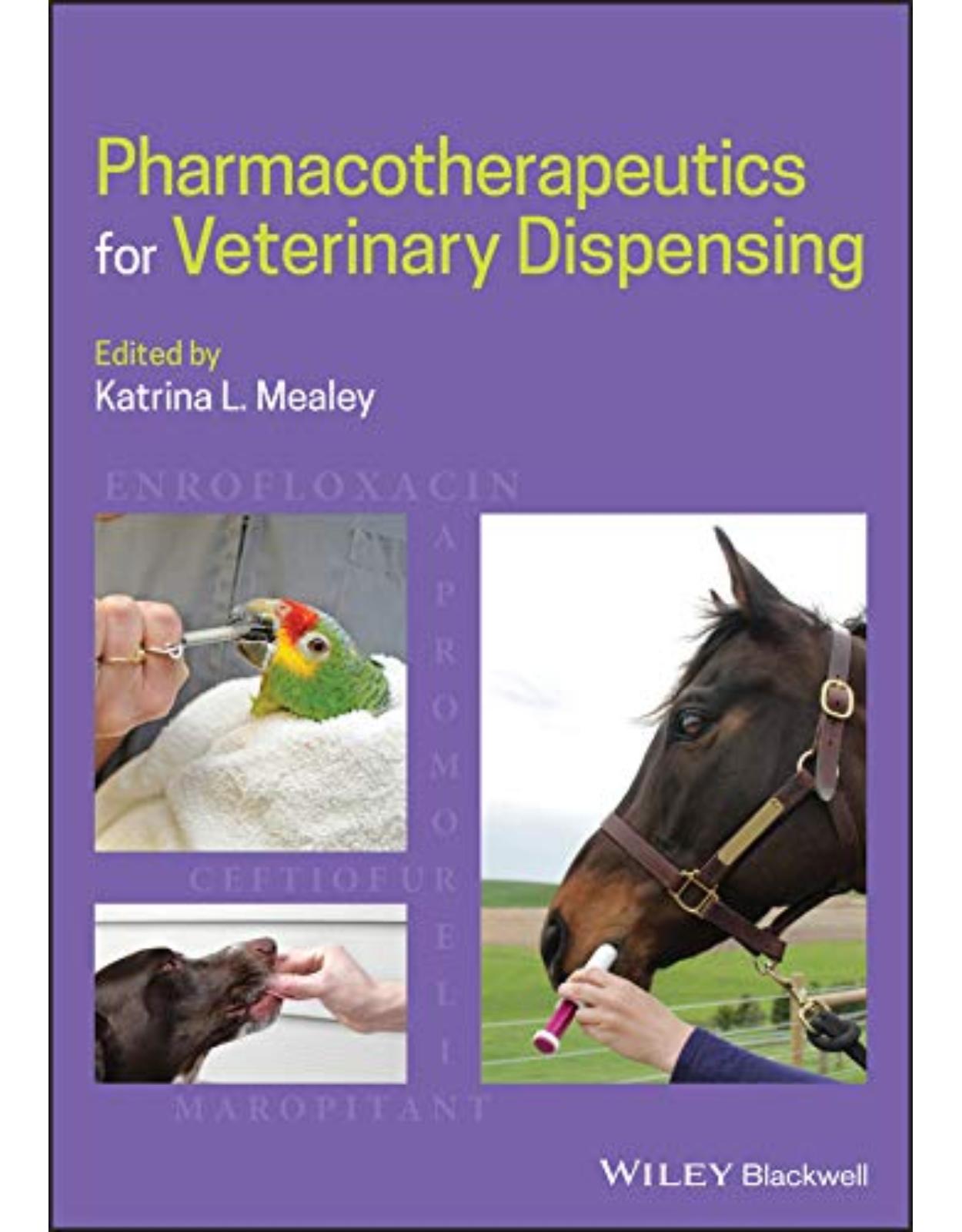

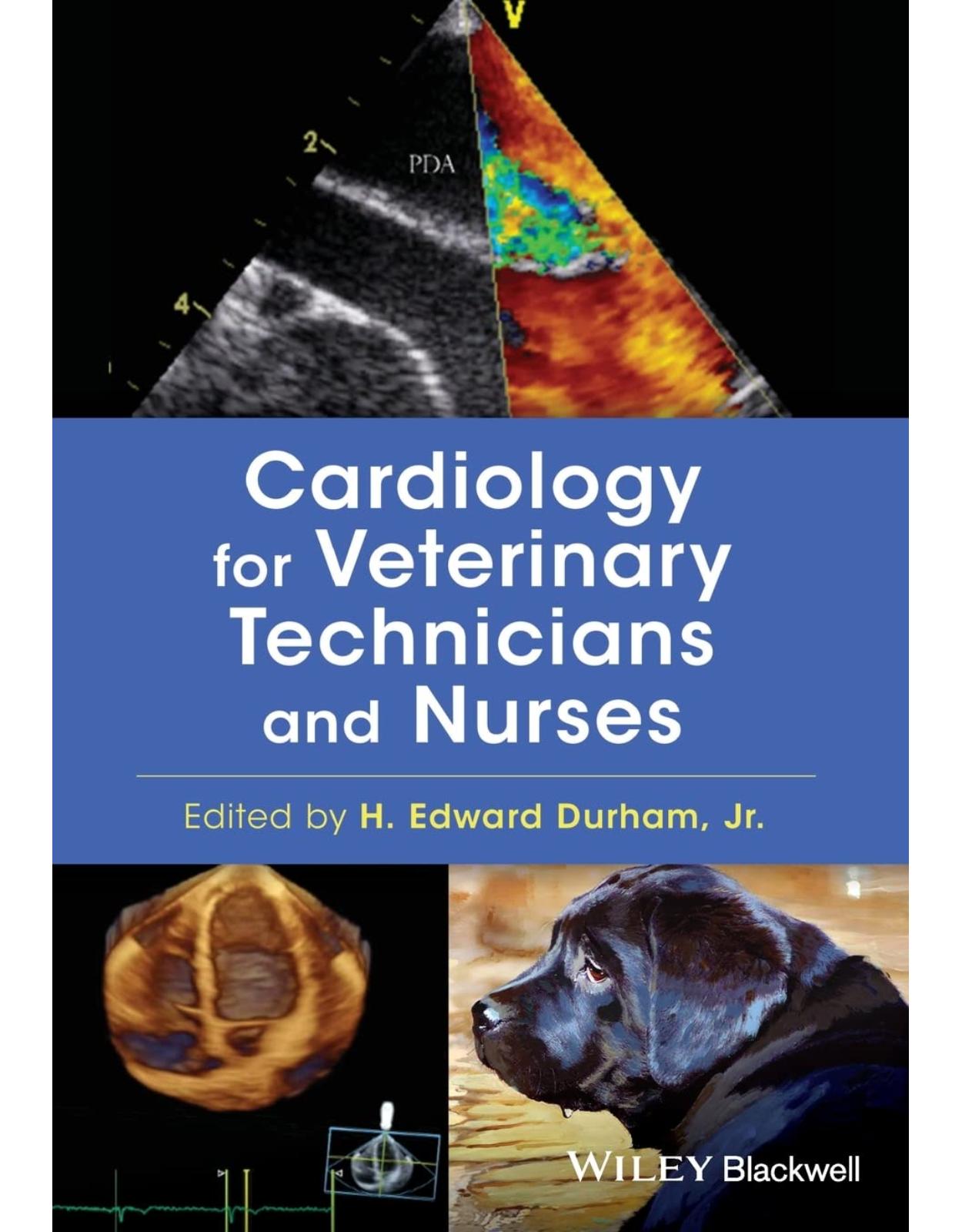
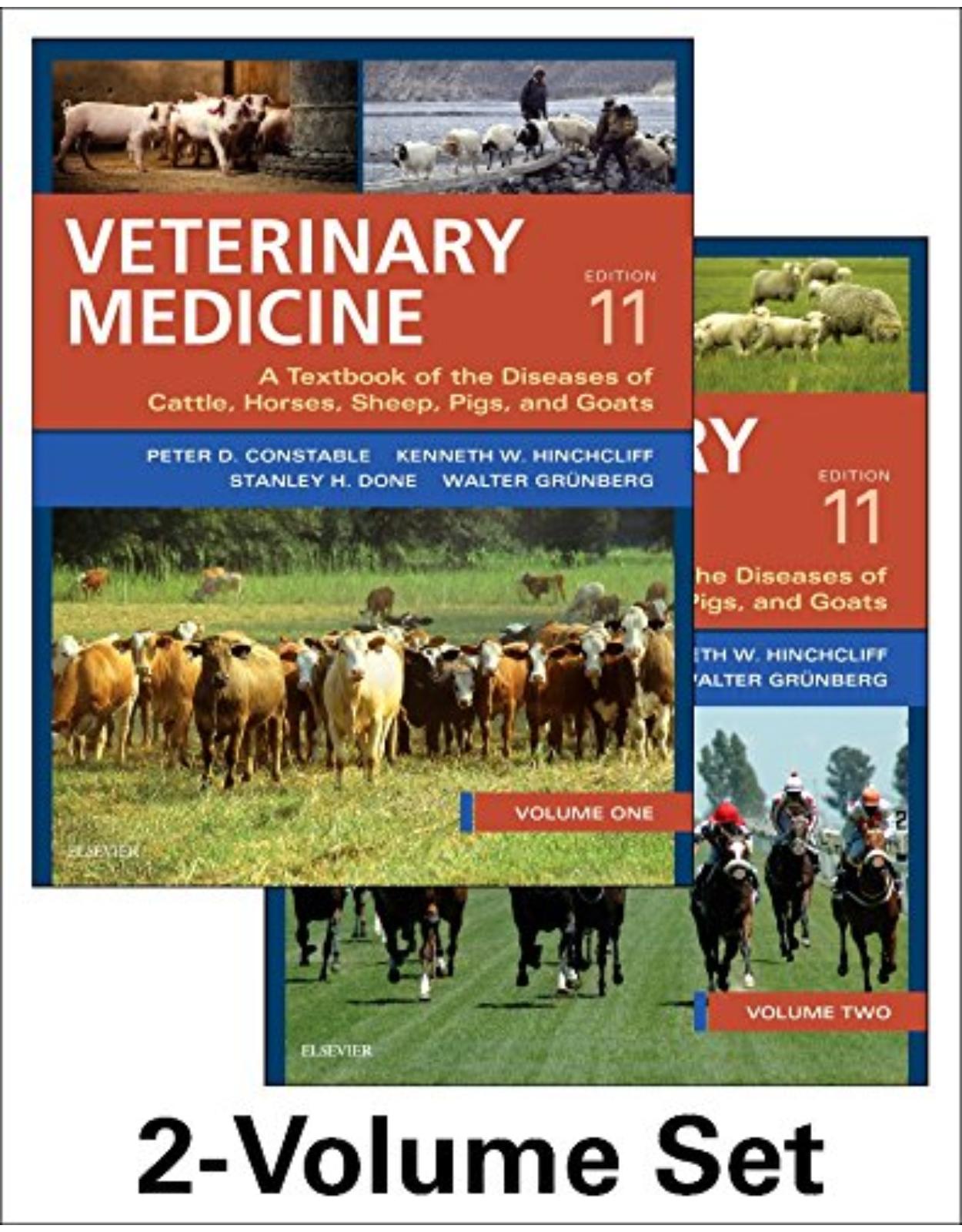

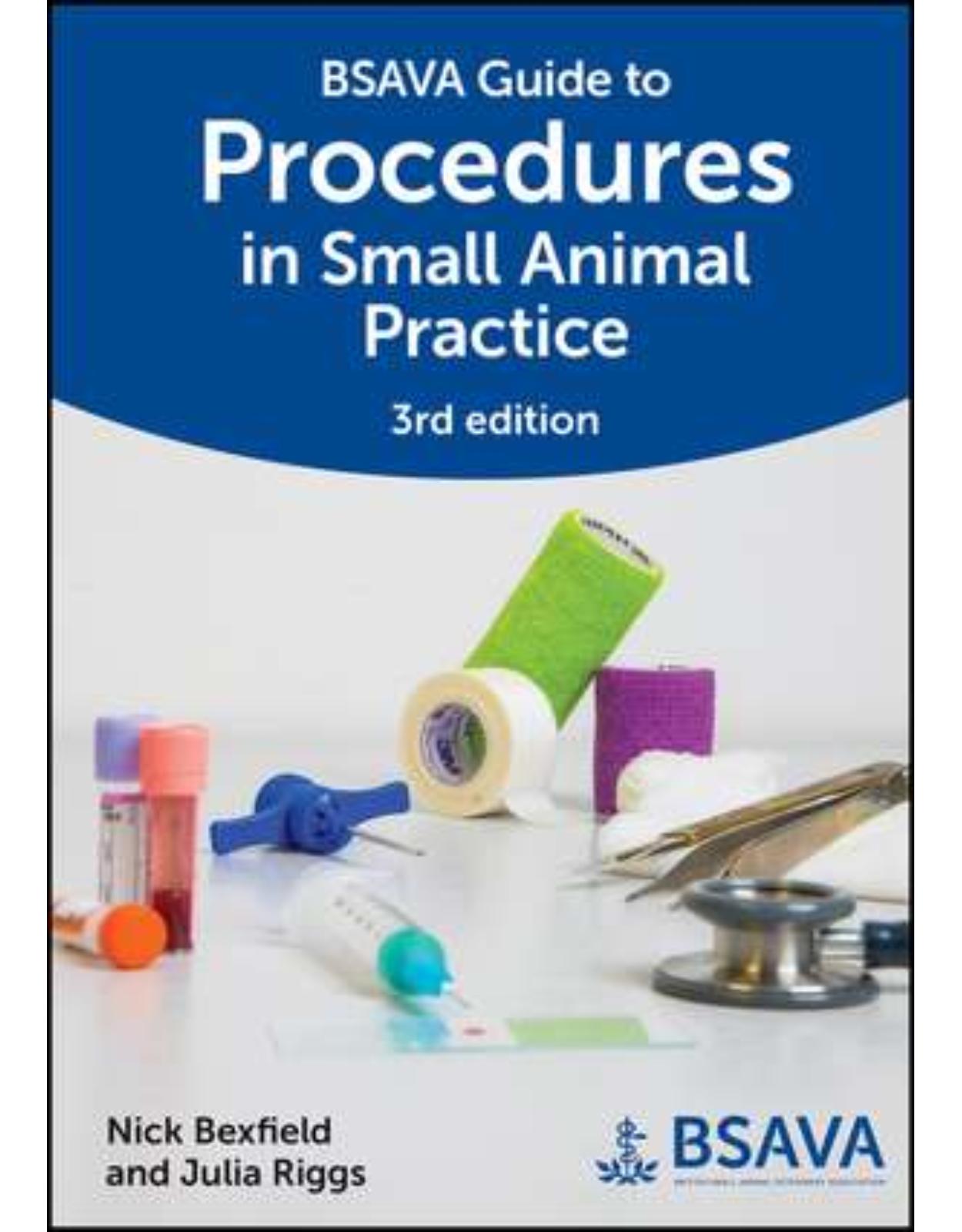
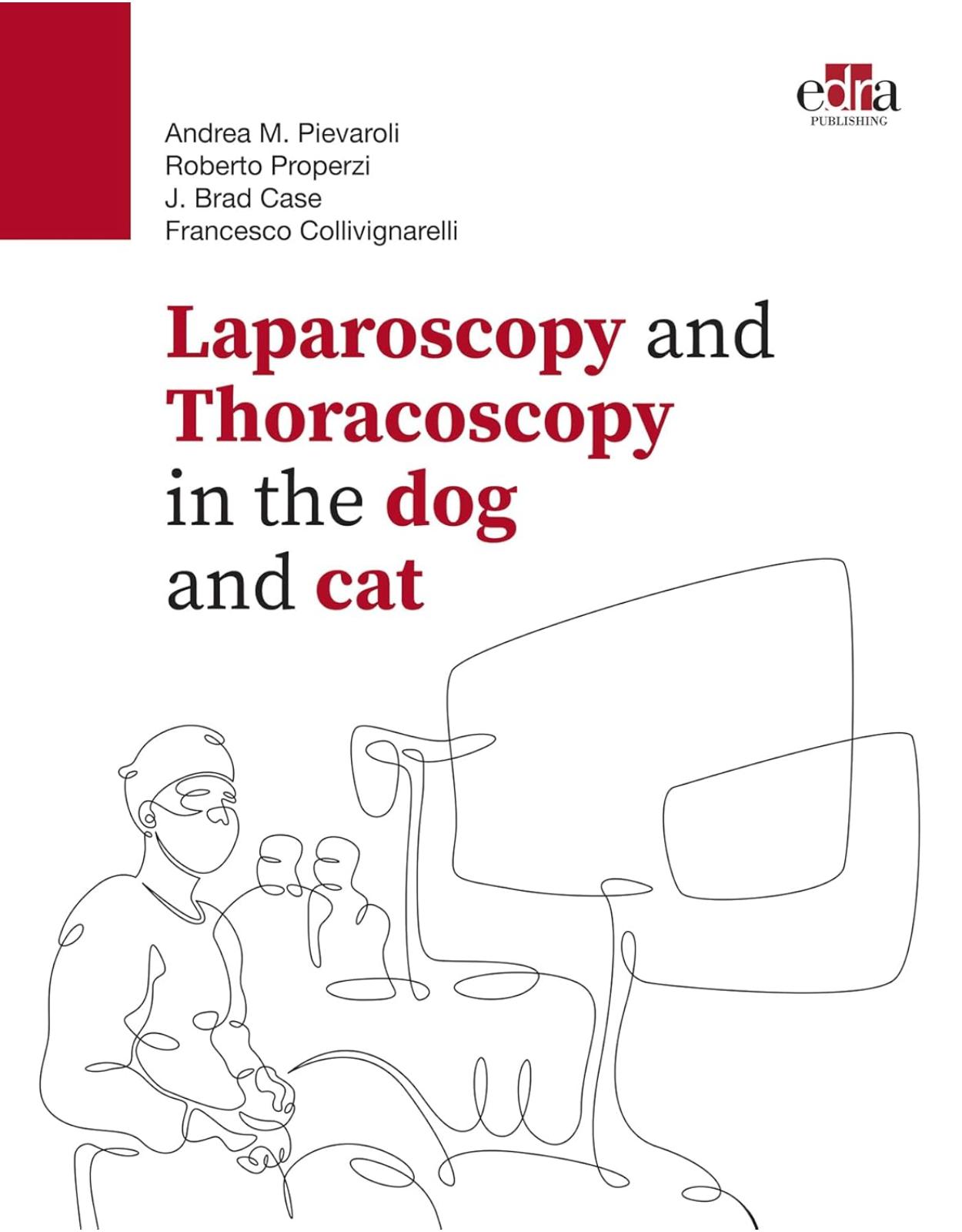
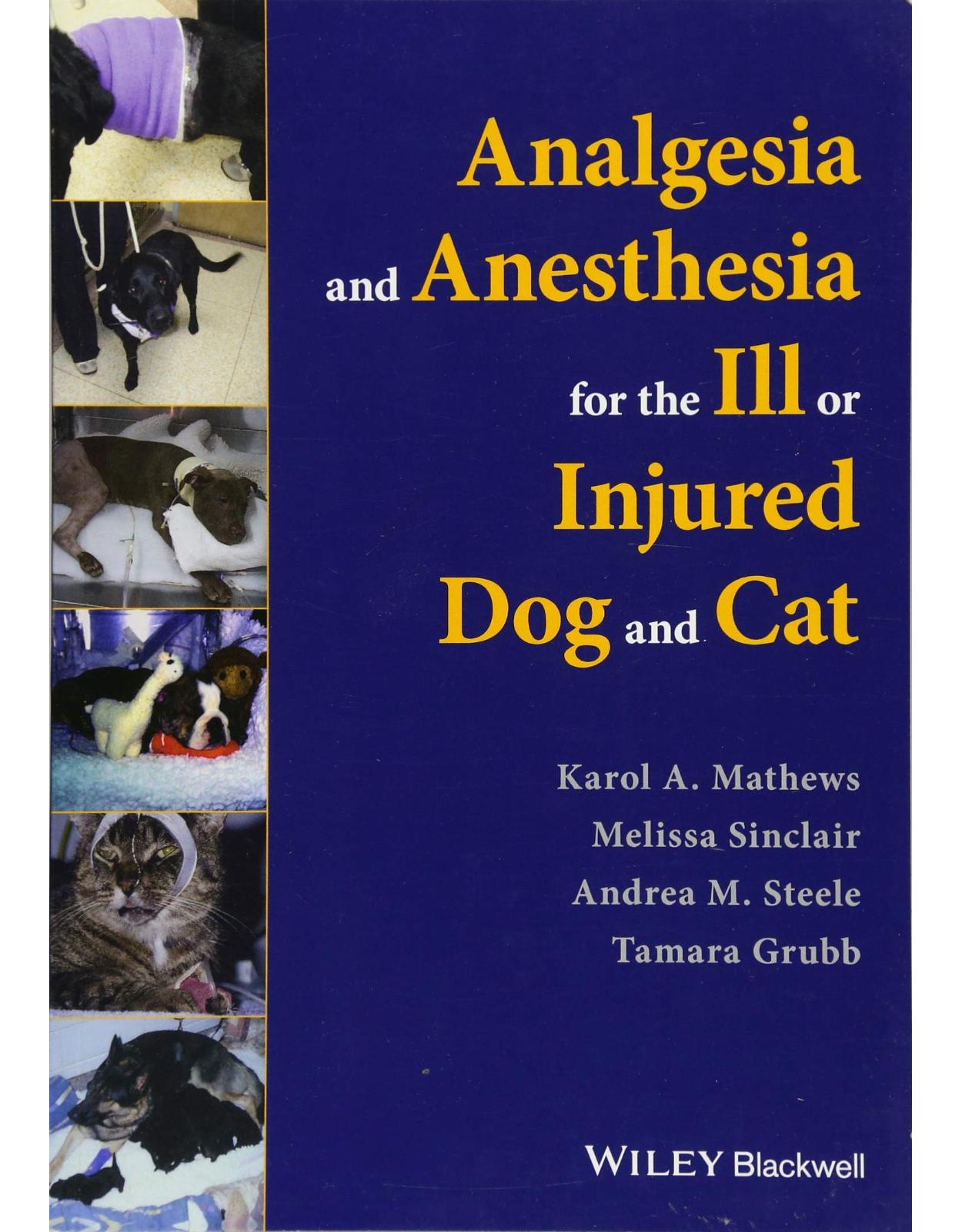
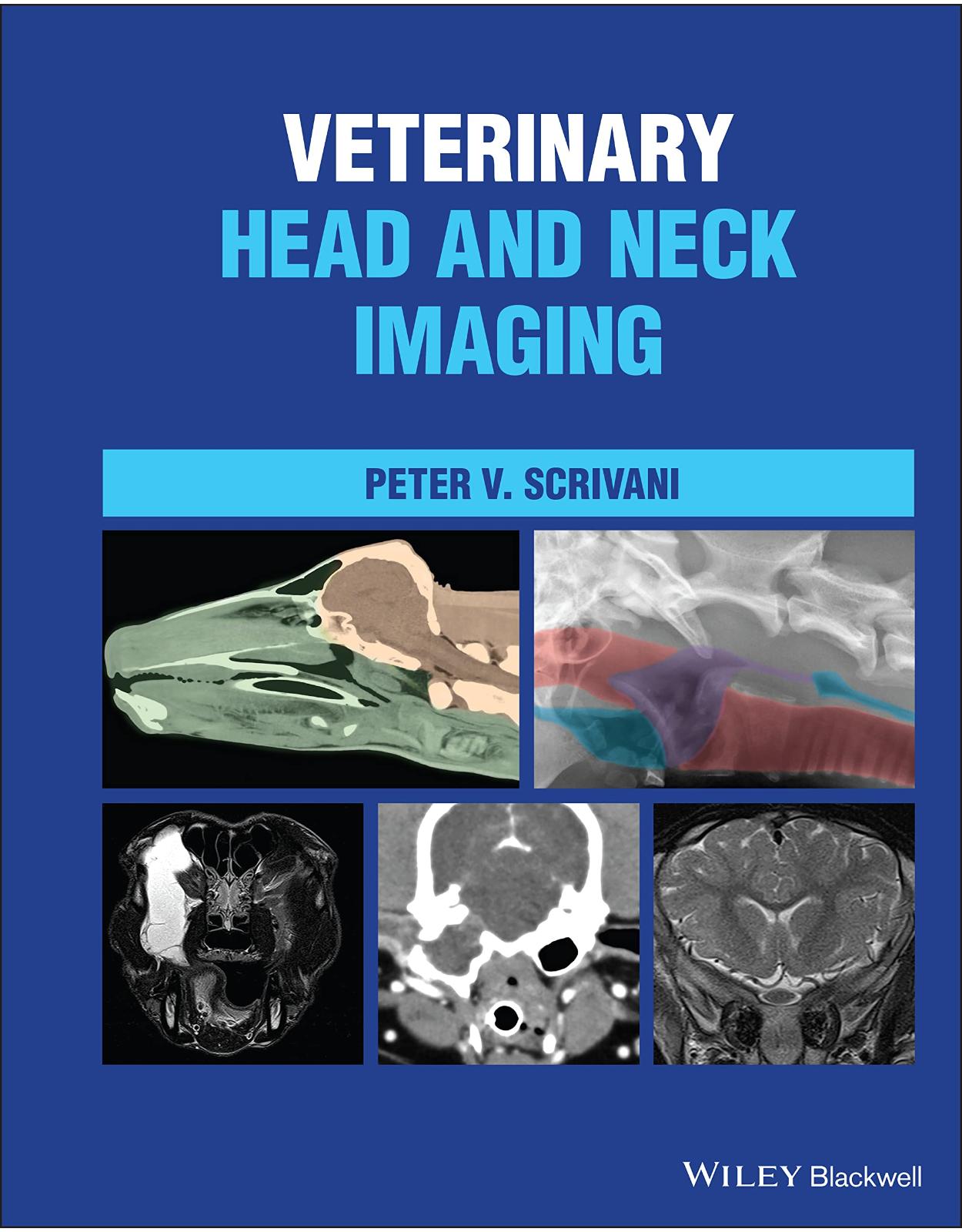
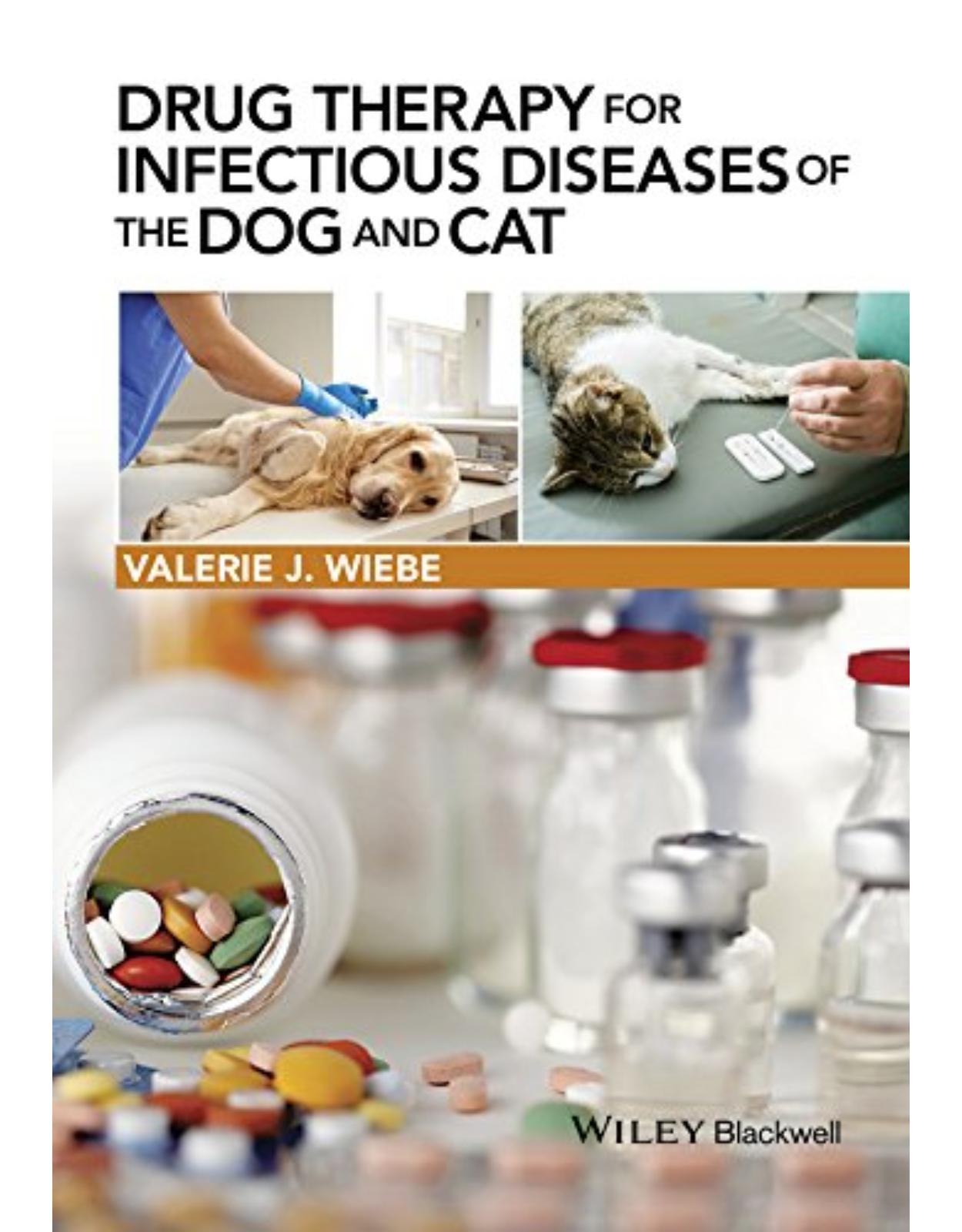
Clientii ebookshop.ro nu au adaugat inca opinii pentru acest produs. Fii primul care adauga o parere, folosind formularul de mai jos.